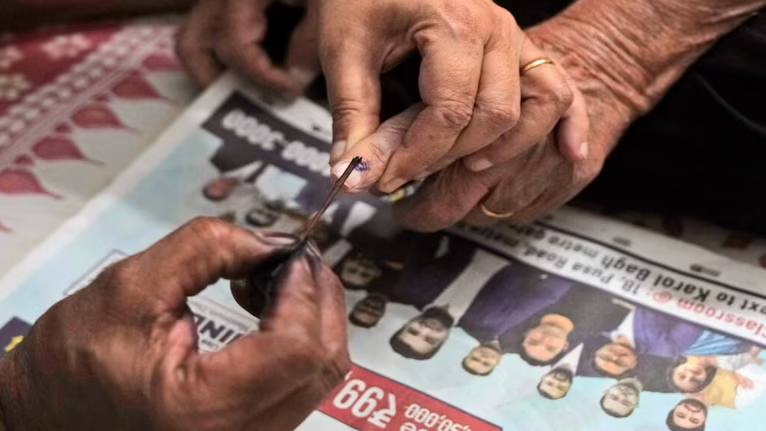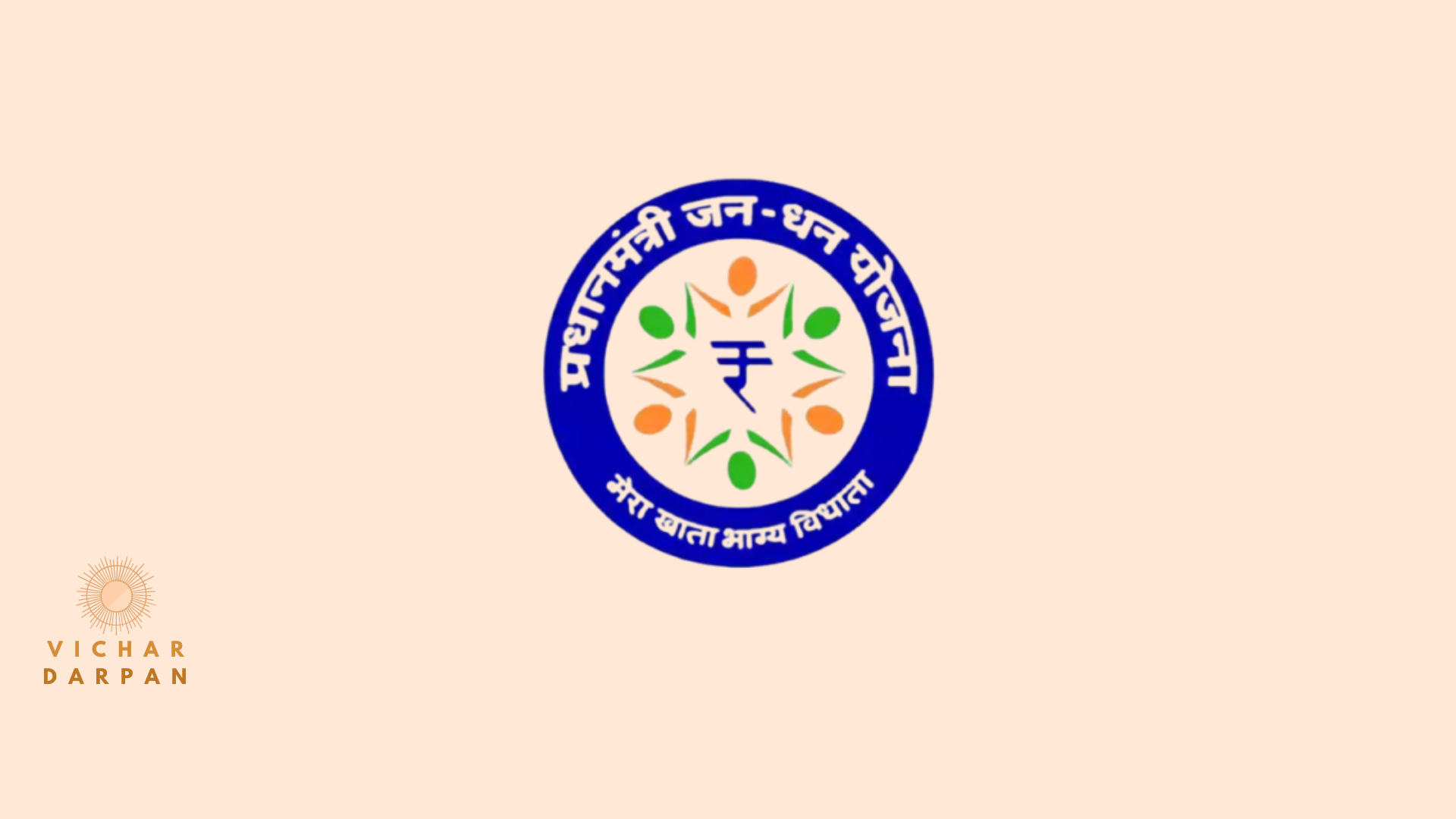
Delhi Elections 2025 experienced the fiercest contest from all over the country. Unlike traditional elections, which centrally placed importance on issues of communal polarization, caste or regional identity, the Delhi Elections 2025 instead focus on developmental processes and the welfare schemes that deliver them.
By its very theory, the outcome showed how BJP was able to reach its goal on a non-communal basis. The most unique aspect here was the competition among the BJP, AAP, and Congress, all of which promised general welfare.
Delhi Elections Voting Percentage and Competitive Populism
One resolution that caught attention was that all pamphlets representing each party were laden with populist promises.
To the uncritical eye, it appeared that democracy was increasingly being shaped by competitive populism rather than long-term policy planning. Each party approached its campaign differently.
- BJP focused on highlighting the central government’s achievements while criticizing AAP.
- Congress reminded voters of Sheila Dikshit’s development work and pointed out AAP’s failures.
- AAP focused on its existing welfare schemes and assured further improvement if re-elected.
The issue of balancing economic resources between welfare and development has always been a thorny one for any government. Emphasizing welfare schemes may result in fewer funds for infrastructure, while putting all emphasis on development may restrict social welfare initiatives.
Over the years, Delhi’s budget has shown an increasing preference for revenue spending:
- Delhi experienced a total budget deficit of around ₹41,129 crore for the fiscal year 2015-16, with revenue expenditure accounting for 74% of the total budget and capital expenditure only 26%.
- In 2024-25, total expenditure stands at ₹76,000 crore, out of which 80.14% is revenue expenditure and only 19.85% is capital spending.
The central government, however, has a different approach. Its capital expenditure has grown from 12.36% in 2014-15 to 23.04% in 2024-25.
Though these are substantial allocations, ground realities often differ. Voters raised concerns about very basic civic issues such as poor sanitation, bad roads, and inadequate water supply.
On-Ground Issues and Voter Concerns in Delhi Elections 2025
Across different constituencies, residents voiced various complaints:
- Lakshmi Garden, Moti Nagar: Non-functioning public toilets forced women to seek safer places for defecation. Exposed electrical wiring posed a serious hazard.
- Satguru Ram Singh Marg, Karampura: Pothole-ridden roads led to traffic congestion, and the water supply was erratic.
- Ramesh Nagar and surrounding areas: Poor drainage and damaged roads were major concerns.
At the same time, many voters appreciated Kejriwal’s administration for initiatives like free bus rides for women, subsidized electricity, and water. However, others were dissatisfied, feeling that these schemes had not brought tangible improvements.
Near Valmiki Mandir, NDMC workers alleged that BJP misused funds meant for welfare schemes, and they feared future welfare allocations might be blocked under BJP rule.
Some voters in Gole Market said this controversy had damaged Kejriwal’s reputation.
At Dhobi Ghat in Aditya Sadan, residents supported Kejriwal, believing AAP had genuinely helped their community, which BJP and Congress had ignored in the past. However, women there also complained about sanitation workers failing to maintain hygiene, despite the Swachh Bharat campaign.
In Khanna Market near Ambedkar Campus, a Sikh shopkeeper expressed cautious optimism about BJP but sharply criticized AAP for underperforming in Punjab while misleading Delhi voters.
The Counting of the Delhi Elections and Swing Voters
The Delhi counting of elections was interesting, with somewhat contradictory results.
- AAP’s support base has always been predominantly urban, benefiting from its welfare initiatives.
- BJP positioned itself as a party of infrastructure development and stable governance.
Voting trends over the last decade reveal that, on average, 15% of voters who support BJP in national elections switch to AAP in state elections. This trend played a crucial role in Delhi Elections 2025, where BJP strategically captured this segment of voters.
The major debate was infrastructure vs. welfare:
- AAP focused entirely on welfare schemes.
- BJP countered with a mix of welfare and infrastructure development.
Before the elections, PM Modi inaugurated a ₹12,200 crore expressway transit corridor and metro expansion. This became a key highlight of BJP’s campaign, countering AAP’s welfare narrative.
Additionally, the central government’s income tax relief for the middle class strengthened BJP’s appeal among urban voters. Check out the highlights of Winter Session Budget 2024.
The Bihar Factor in Delhi Elections 2025
BJP played another strategic card by introducing special budgetary provisions for Bihar before the elections. Many Bihari-origin voters in Delhi, especially in the city’s outskirts, welcomed this move, helping BJP gain crucial support.
BJP also assured voters that it would not only retain AAP’s welfare schemes but expand them, increasing aid for women from AAP’s ₹2,100 to ₹2,500. This helped BJP gain favor among welfare beneficiaries.
The 2025 elections in India underscored the need for a balance between welfare and development.
- AAP stuck to its welfare-driven agenda.
- BJP used this opportunity to emphasize infrastructure growth and financial incentives.
A voter from Timarpur summed up the prevailing sentiment:
“AAP and BJP fight like a typical mother-in-law and daughter-in-law, and as a result, development work in Delhi suffers. It’s better to vote for BJP this time—they won’t have excuses for inaction.”
Conclusion
The Delhi elections counting reflected a shift in voter priorities.
While many still valued free utilities, there was growing demand for better infrastructure, governance, and economic stability.
The Delhi Elections 2025 provided key takeaways for future electoral strategies in India. To maintain public support and ensure sustainable growth, governments will need to strike a balance between welfare and long-term development.


